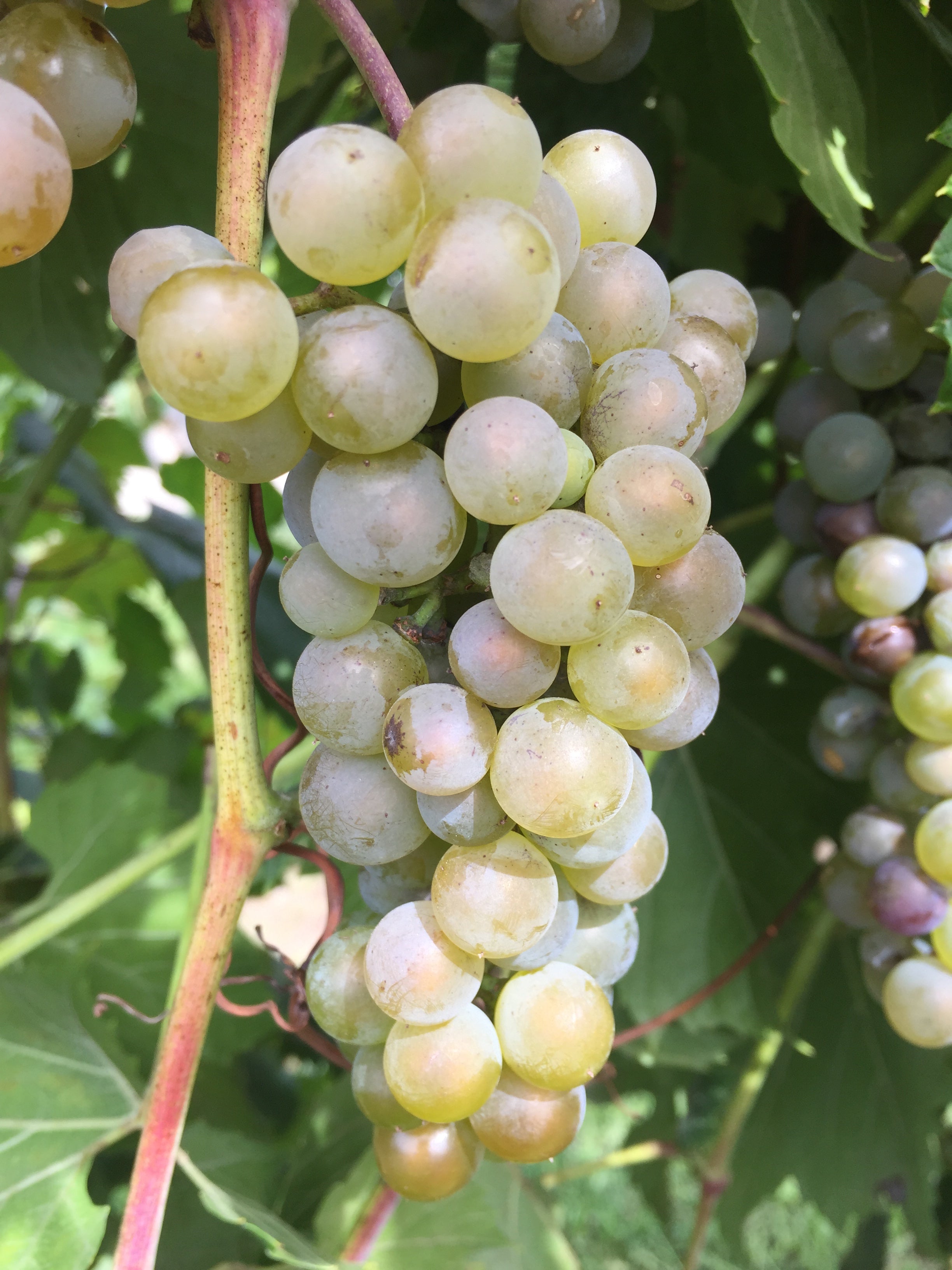
ATTENTION
We cannot ship vines outside the United States or to the following states: California, Idaho, Washington, or Oregon.Itasca is the newest cold-hardy release out of the University of Minnesota Breeding program. Itasca produces a dry white wine that is light yellow to straw in color and has aromas of pear, quince, violet, melon, minerals, and subtle honey notes. Itasca has exhibited lower acidity and higher sugar levels., Showing a high resistance to downy and powdery mildew and the insect phylloxera. Itasca is considered a very hardy, disease resistant cultivar expected to reduce spray inputs.
- Hardiness Zone 4
- Hardiness Zone 5
- Hardiness Zone 6
- Hardiness Zone 7
- Hardiness Zone 8
- Hybrid Varieties
- Hardiness Zone 3
- Wine
USDA Hardiness Zones categorize regions by average winter temperatures, guiding growers to choose plants suited for their climate. Learn More
Top Wire Cordon is arguably the most efficient training system for grapes, especially for procumbent or downward growing cultivators, especially those not prone to late season fruit rots due to shading of the fruiting zone. Summer labor is much less than that required with Vertical Shoot Positioned (VSP) training as shoot positioning and leaf pulling are generally not required. Learn More
To learn more about the types of diseases susceptibile on our plants, click here.
Black Rot
UnknownDowny Mildew
Slightly susceptiblePowdery Mildew
Slightly susceptibleBotryitis
UnknownSusceptibility Meanings
Highly susceptible: Prone to disease and requires intensive management.
Moderate susceptible: May develop disease but manageable with regular care.
Slightly susceptible: Naturally resistant with minimal risk, needing basic care.
Grape Color
WhitePrimary Use
WineWine Color
WhiteVariety Origin
University of MinnesotaParents
MN 1285Pseudonym (Tested As)
Frontenac gris X MN 1234Year Released
2017Harvest Season
Mid SeasonSulfur Sensitivity
UnknownVine Vigor
UnknownGrowth Habit
UnknownSuggested Distance Between Vines
6 ft - 7 ft - 8 ftBud Break
Mid-Season with ConcordPickability
GoodMature Height
15-20 feetBerry Pollination
SelfBerry Color
N/ARoyalty
NoVigor
High Vigor
